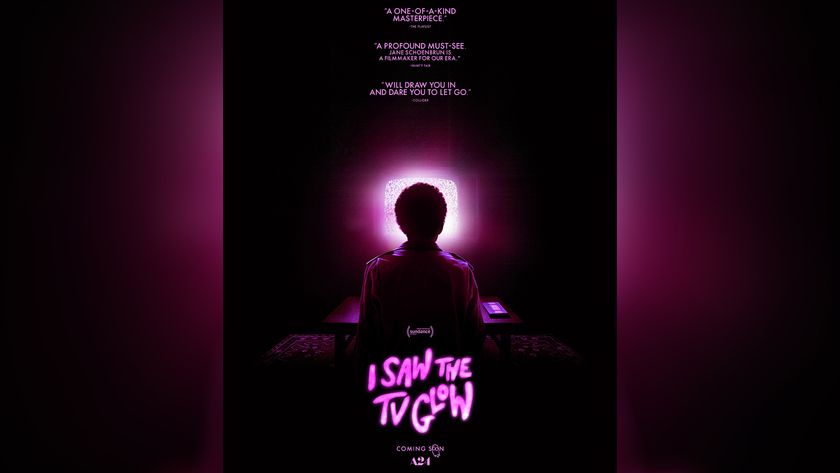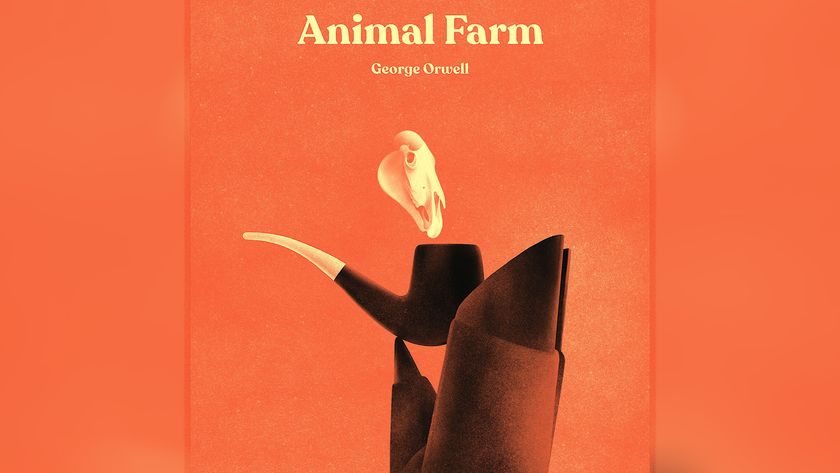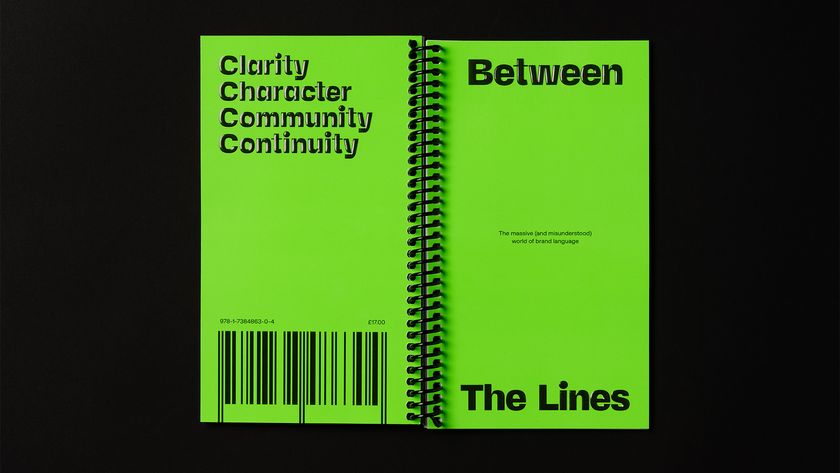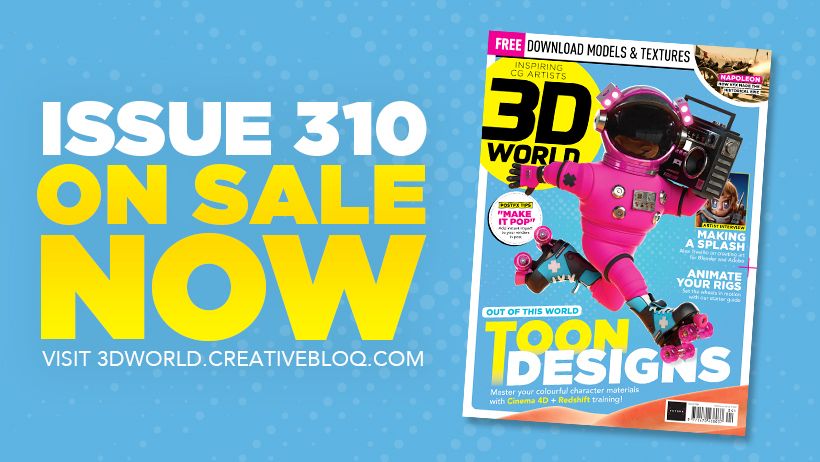How to create an ebook (part 2)
In part 1, we looked at creating an ebook in InDesign. Now Lance Evans looks at alternative ways to get your book published.
In this three-part series on ebook production, we're taking a broad look at three ways ebooks are produced. In part 1 we looked at e-publishing with Adobe InDesign CC. Now we'll look at creating an eBook with a decidedly lower tech approach. We discover what can be done with lower-tech tools, and even by sending it out to one of many third-party services out there today.
Free and easy tools
InDesign is very powerful and capable. But it may be overwhelming for many publishers and authors who's needs are less frequent, or less demanding. Fortunately there are really quite a few other options that are not only easy, but even free.
Without skipping a beat, the first place I looked for a free and easy solution was to my absolute favourite word processing suite, Open Office. Like Microsoft's Office Suite of tools, Open Office (OO) offers a full range of packages that mirror what Microsoft Office offers.
The nice thing about it is that each package both reads and writes the file format from its Microsoft equivalent program. The other nice thing is that being open source, Open Office is not only free to download for all platforms, but also has regular updates and feature enhancements.
I poked around and found that while Open Office had all the tools needed to create the content of a reflowable ebook, it didn't natively have the export capability. The closest native export if offers is PDF, which some folks consider to be an ebook format, but whose strength is really in other areas.
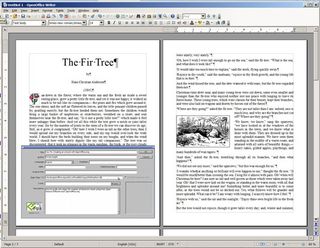
A bit more poking around and I found two great options. The first is a plugin for Open Office called Writer2ePub, written by Luke Calcinai. A group called Open Logic was kind enough to produce a wonderful tutorial on this process.
If you happen to have been supplied with a PDF file as source, you may also find one more Open Office extension useful, PDF Import for Apache OpenOffice.
Get the Creative Bloq Newsletter
Daily design news, reviews, how-tos and more, as picked by the editors.
Now, if the above workflow posed any limitations for your needs, then the second option is to simply use Open Office's native PDF export, and convert the resulting PDF into an ebook with one of many conversion options out there. One of the most popular, and powerful applications available is called Calibre, which is also open source and available for all platforms.
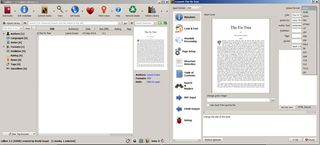
As well as doing a wide range of conversions, Calibre also has an ebook editor built in, which will save you from going back to OO for corrections. And it even has an ebook reader as well, though you will likely need to test your new ebook with as many readers – both hardware and software types – as you can get your hands on.
Which brings us to the issue of just how many readers there are, and how many formats of ebooks: many. And depending on your distribution needs, you'll probably need to create more than a single version.
Calibre supports conversion to and from quite a large selection of formats. There's a discussion of more extensive uses of Calibre here.
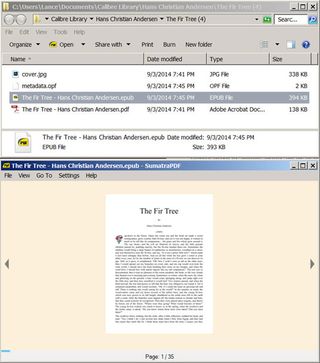
Okay, so maybe you're not the tree-hugging, open-source-using type like myself, and you prefer to work with commercial software. You know, just in case you need to have someone to yell at when things don't work.
Well never fear, your copy of Microsoft Word will do just what you need, mostly. Like with Open Office, Word will only take you so far, as it will output DOC, PDF and HTML formats (ditto OO), all of which can then be used by various conversion packages.
For a step-by-step in Word, try this article. (Hey, they suggest Calibre too!)
End of the chain
Some of the best places to learn about how to produce an ebook is at the end of the chain, the companies that will accept and sell you book. The biggest and most successful one of these is of course Amazon, and they offer a good deal of direction in these areas. Take a look at all the articles here and at their Help section.
You will notice in that second link they break the options down to three categories that include doing it yourself, hiring their own CreateSpace division to do it for you, and sending out for conversion services.
They also have a separate section that deals with children's books. There is a very helpful overview of doing it yourself from Writers Digest here.
Just hand it off
The other way to look at this is: not everyone needs to produce their own ebook. Maybe you wrote it, or maybe you're providing art or marketing services to the author/publisher. In either case you don't also have to be the layout/techie that produces the actual ebook, right?
Today it is easier than ever to send that part of the project out to a service. Heavy competition and streamlined software have brought the cost of this service down over the last few years. There are some real heavyweight players which include Amazon's CreateSpace, Smashwords, Book Baby and Lulu.
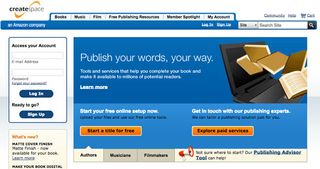
There are also scores of smaller boutique services that offer more hand-holding and in many cases enhanced levels of customization and creative services.
One of the big selling points that is bandied about is a service's ability to get you into sales channels. This should not be taken lightly, but neither should we assume that this fact makes Amazon's CreateSpace the hands-down winner either.
Other services may offer more inroads to libraries or institutions, or be able to place you into many smaller but important online stores. Depending on who the market is for you book, some of these alternatives might be a better bet than just being in the one Amazon online store (not to imply CreateSpace limits you to just Amazon).
One last thing to consider when thinking of sending it out. Some services offer production and then you are on your own. Some act like publishers and handle the whole shebang. But each one also has their own wheels and deals, and take varying percentages. Many never claim ownership of your product, but some do. Research and know what you are getting into before you sign up.
There's a great list of resources and companies for ebook creation here.
Next up...
In parts one and two of this ebook series, we've looked at e-publishing options and techniques for new works. But what about the scores of out-of-print books that deserve a new life in the ebook space? That's what I'll turn my attention to in part 3, tomorrow...
Words: Lance Evans
Lance Evans is creative director of Graphlink Media.

Thank you for reading 5 articles this month* Join now for unlimited access
Enjoy your first month for just £1 / $1 / €1
*Read 5 free articles per month without a subscription

Join now for unlimited access
Try first month for just £1 / $1 / €1
The Creative Bloq team is made up of a group of design fans, and has changed and evolved since Creative Bloq began back in 2012. The current website team consists of eight full-time members of staff: Editor Georgia Coggan, Deputy Editor Rosie Hilder, Ecommerce Editor Beren Neale, Senior News Editor Daniel Piper, Editor, Digital Art and 3D Ian Dean, Tech Reviews Editor Erlingur Einarsson and Ecommerce Writer Beth Nicholls and Staff Writer Natalie Fear, as well as a roster of freelancers from around the world. The 3D World and ImagineFX magazine teams also pitch in, ensuring that content from 3D World and ImagineFX is represented on Creative Bloq.

